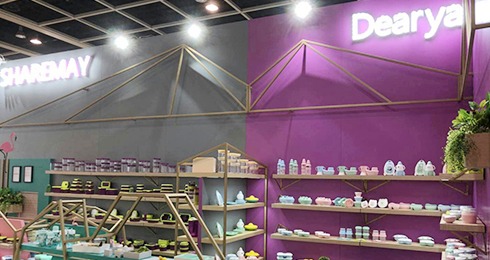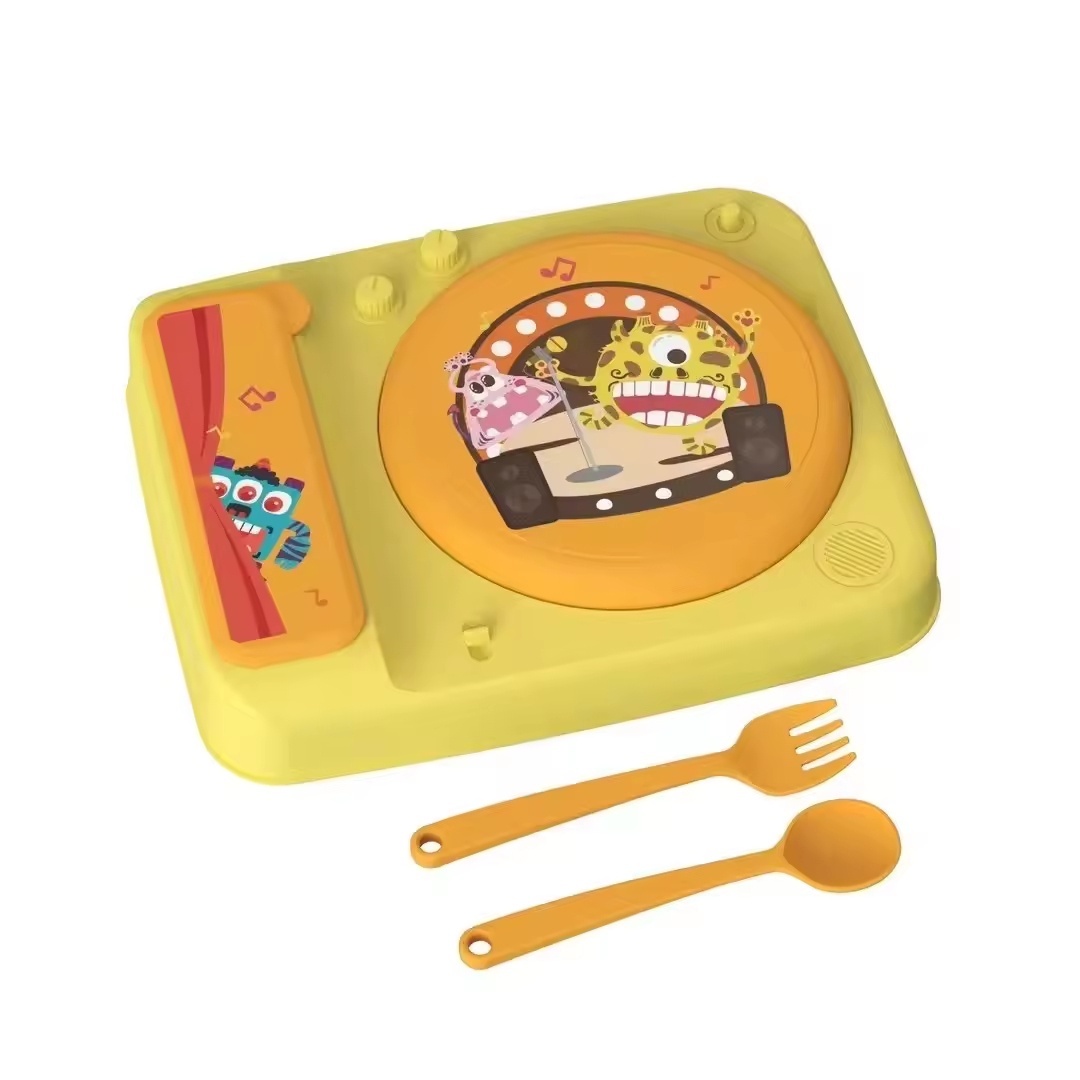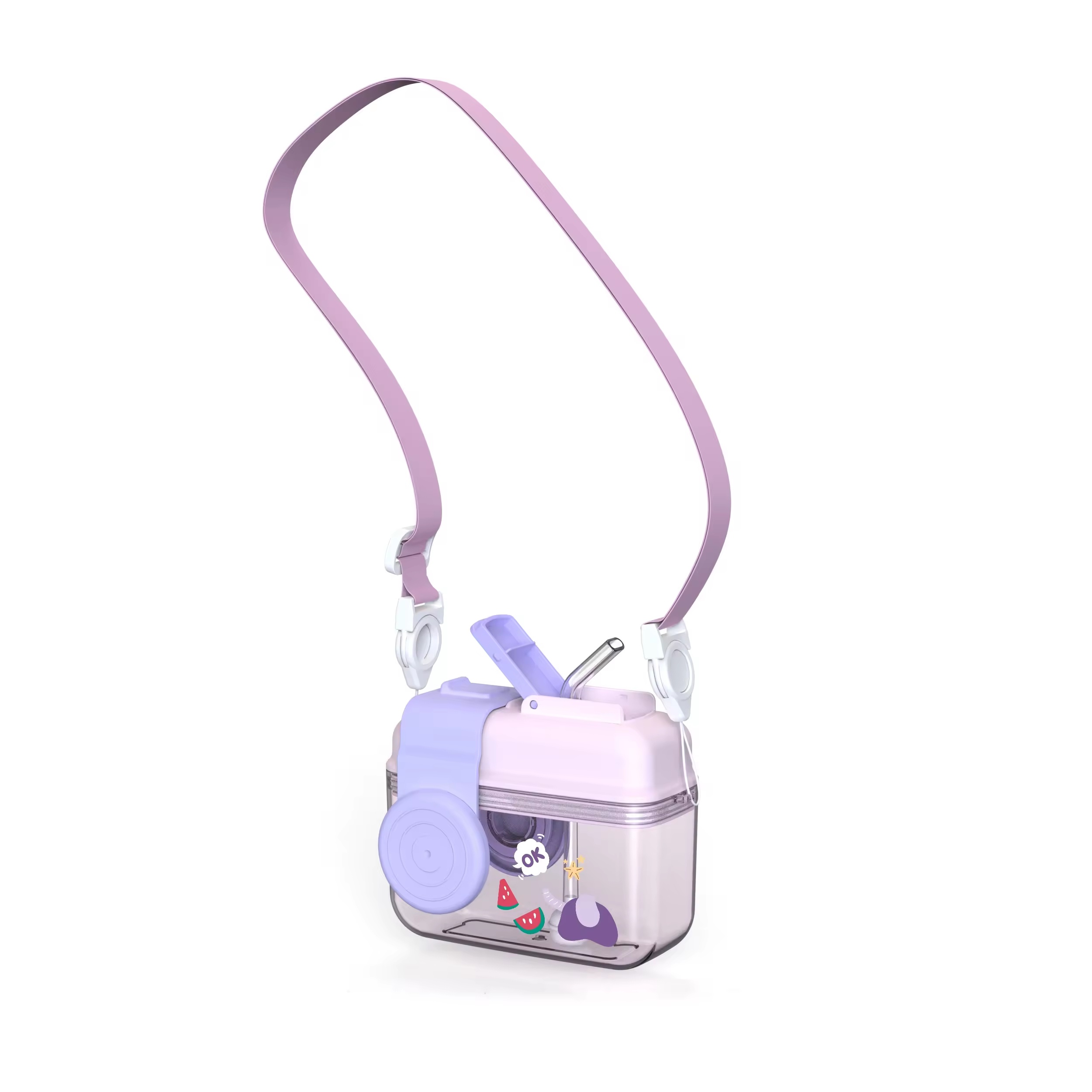How important is fun design in children's tableware?
I’ve noticed that children are more willing to eat when their plates are colorful and playful. As a supplier, I always ask myself: does this design make me smile, and will it do the same for a child?
Fun design[^1] is extremely important in children's tableware because it encourages eating habits, keeps children engaged during mealtime, and can help overcome picky eating.
A playful and creative design grabs children’s attention and creates positive associations with food. Let's dive into why it matters so much.
Why does fun design matter in children's tableware?
Children are naturally attracted to bright colors and familiar shapes. Boring plates do not excite them.
Fun designs on tableware help stimulate a child's imagination, encourage healthy eating routines, and promote independent eating.
Benefits of fun designs in tableware
| Benefit | Why It Matters |
| Encourages Appetite | Children eat more when meals look fun and inviting. |
| Reduces Mealtime Stress | Parents face fewer struggles with picky eaters. |
| Supports Learning | Shapes, colors, and animals spark curiosity and learning. |
What design elements appeal most to children?
Design elements must go beyond aesthetics. Function and interaction are equally vital.
Children respond best to bright colors, recognizable characters, and interactive shapes like animal handles or divided plates.
Key elements that work
- Bold Colors: Red, yellow, blue catch attention quickly.
- Familiar Themes: Animals, cars, princesses are safe bets.
- Interactive Features: Suction bases or divided plates make eating fun.
| Design Element | Impact on Children |
| Bright Colors | Attract visual attention and stimulate interest. |
| Character Designs | Create emotional connection with food. |
| Divided Sections | Encourage sampling different foods without mixing. |
How does fun design help picky eaters?
Some children are picky eaters by nature. Fun design[^1] can help them overcome that.
Plates with sections shaped like animals or vehicles help children see food as playful rather than intimidating.
Practical ways fun design assists picky eaters
- Plating Patterns: Use smiley faces or rainbow arrangements.
- Character Encouragement: Plates that “talk” through printed text encourage finishing meals.
- Reward Concepts: Hidden images under food encourage finishing portions.
| Challenge | Fun Design Solution |
| Refusal to try new foods | Use plates with surprise images revealed when food is eaten. |
| Only eating one type of food | Use divided plates to introduce new items slowly. |
| Long mealtimes | Playful timers or count-down sections on plates. |
How can suppliers balance fun design with safety and durability?
Fun design[^1] must never compromise safety.
Suppliers must use non-toxic materials, smooth finishes, and ensure all decorative elements are securely embedded and not removable.
Key factors for safe and fun products
- Material Safety: BPA-free, FDA-approved materials.
- Durability: Plates that withstand drops without breaking.
- Ease of Cleaning: Dishwasher-safe and stain-resistant.
| Safety Feature | Why It’s Important |
| BPA-Free Material | Prevents harmful chemical exposure to children. |
| Rounded Edges | Prevents accidental injuries during use. |
| Durable Construction | Withstands rough handling from toddlers. |
Conclusion
Fun design[^1] in children's tableware is key to encouraging healthy eating, fostering independence, and making mealtime an enjoyable family experience.
[^1]: Exploring this resource will provide insights into how fun design can enhance children's eating habits and engagement during mealtime.
 Managing Your Baby Feeding Tableware Supply Chain from China: How to Ensure Smooth Operations?
Managing Your Baby Feeding Tableware Supply Chain from China: How to Ensure Smooth Operations?
 Negotiating Costs for Baby Plates & Cutlery with Chinese Suppliers: How Can You Get the Best Deal?
Negotiating Costs for Baby Plates & Cutlery with Chinese Suppliers: How Can You Get the Best Deal?
 Importing FDA-Grade PP & Tritan Kids Cups from China?
Importing FDA-Grade PP & Tritan Kids Cups from China?
 What Design Features Make an IP-Themed Bowl Safe for Infants?
What Design Features Make an IP-Themed Bowl Safe for Infants?
